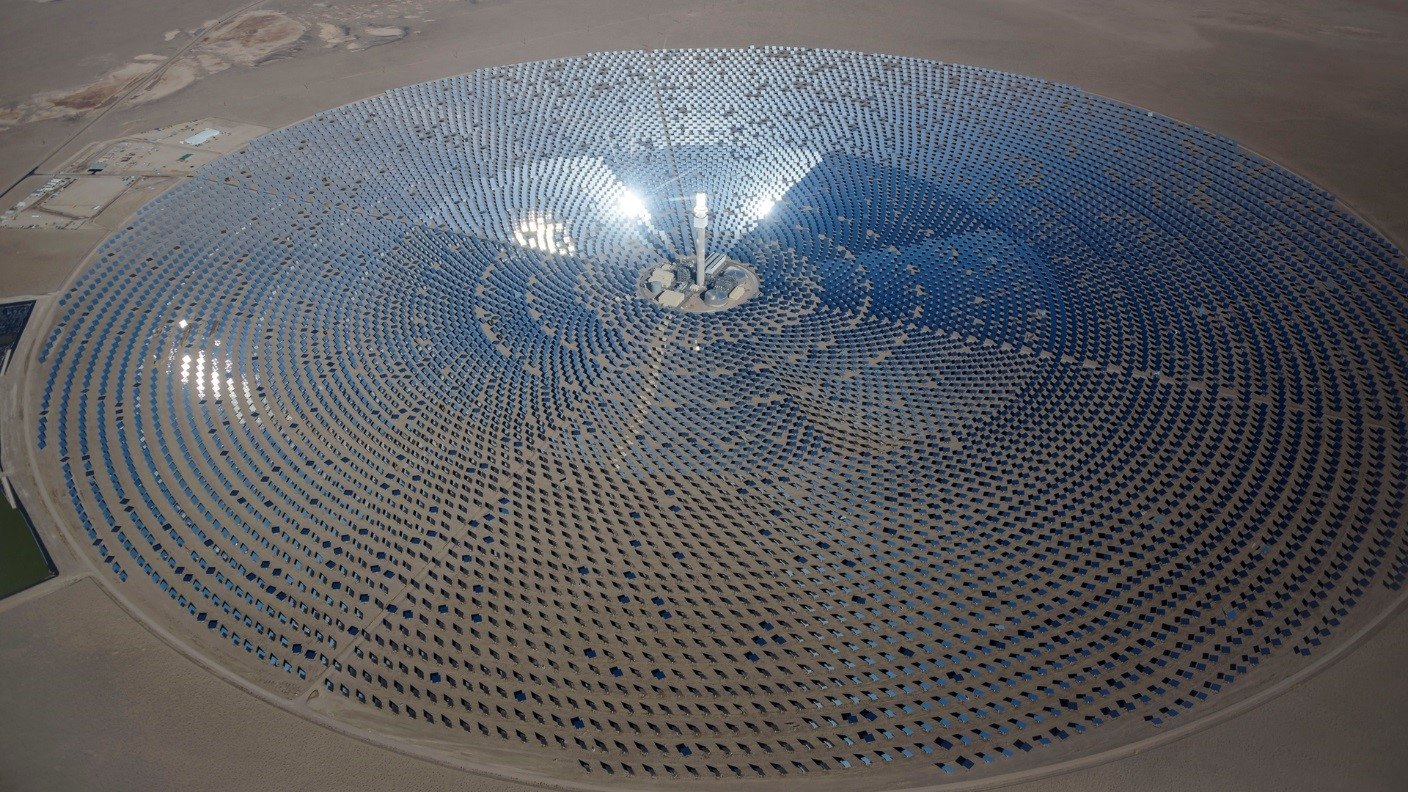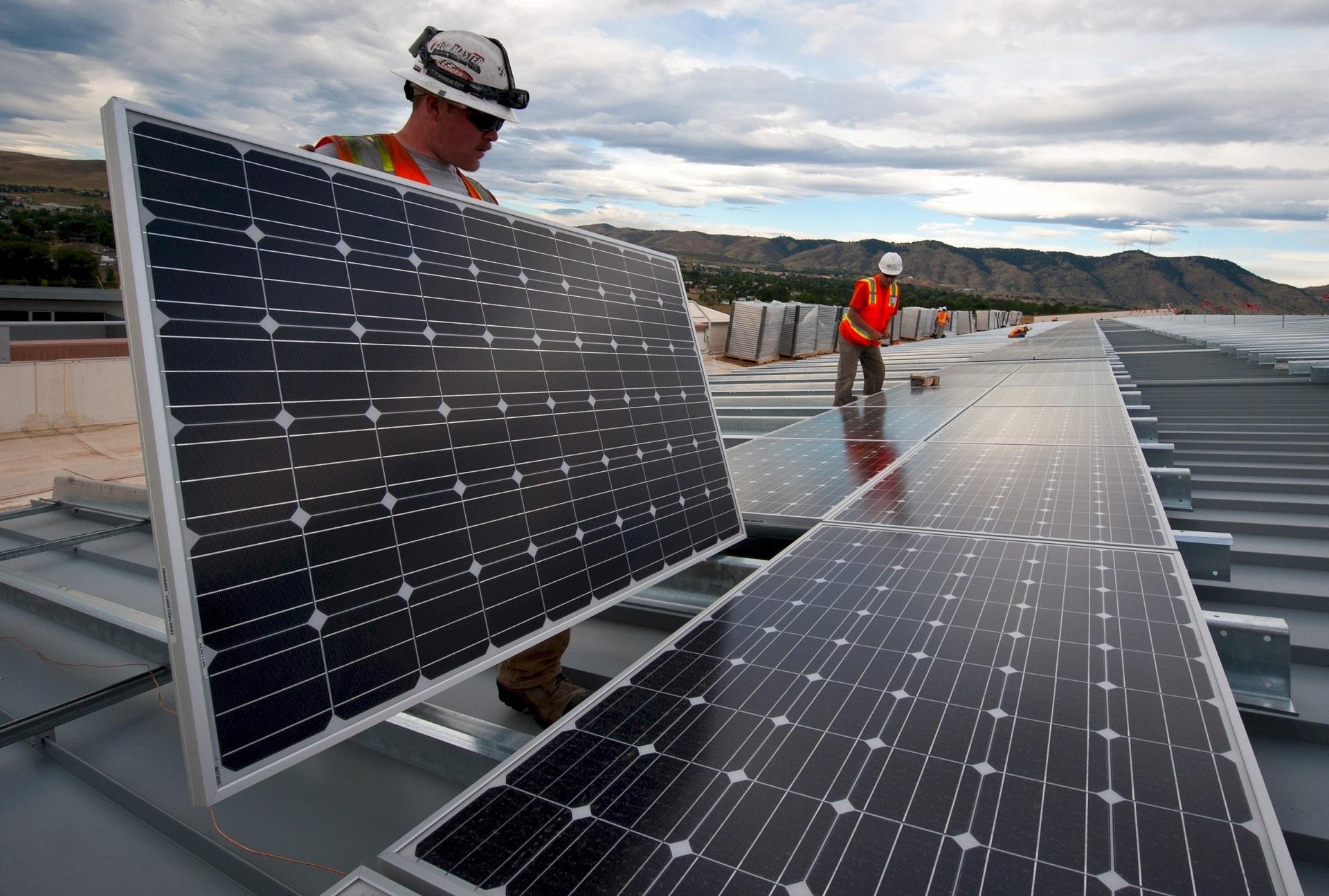
In any given hour, the sun sends down enough energy in the form of to power our entire planet for a whole year.1 And since NASA expects the sun to be around for another 4.5 billion years, Earth will enjoy plenty of sunlight for a long, long, long time.
Because solar can quickly be regenerated and is literally always available without needing eons of production time (hello fossil fuels!), solar energy is renewable by every possible traditional definition. In fact, it’s the fastest growing renewable energy source in the market today in terms of acceptance, technology, and electricity generating capacity.2
However, some environmental and sustainability advocates express concerns about the expansion of the solar power industry. Specifically, they have issues with the materials and processes involved in the creation of the solar panel technology used to generate electricity.
Our goal with this article is to make the case that solar power truly is renewable energy by facing those constructive criticisms head-on. Because if we’re going to combat climate change, decrease global warming, and reduce our carbon footprint by decreasing our dependence on fossil fuels, the solar industry has to be a committed leader.

Renewable energy is any source of energy that can be replenished quickly and in a consistent fashion.3 Some definitions will add caveats such as “within the average lifespan of a human” to increase the distinction between renewables and fossil fuels, which can only be replenished across countless millennia.4
Green energy is a subcategory of clean energy, and it’s also the most well-known. Per the U.S. Environmental Protection Agency, green energy both come from natural means and also create little-to-no harm to nature. This includes hydropower, biomass, geothermal, wind, and solar.
We gave our preferred solar energy definition in our “What is Solar Energy?” article: any electricity generated using the sun in any capacity can be considered solar power. It all comes down to how you harness the sun’s energy — streamed to Earth as packets of light called photons — to create electricity that we then use to power our homes and businesses.
The solar industry has developed two methods for converting sunlight to generate electricity: solar photovoltaic cells and concentrated solar power5. Let’s explore each method a bit to better understand how they contribute to making solar energy renewable.

The most common form of solar power, these solar cells make up the panels you see affixed to residential and commercial rooftops. When the photons in sunlight the solar panels, these semiconductors use electrons to create electrical currents.6 With this technology, you can power your home or business directly without relying solely upon the electricity grid.

You’ve probably seen a version of this technology if you’ve ever driven across West Texas and the American Southwest. With extraction method via solar power plant, large scale arrays of mirrors collect and then direct the sun’s rays to a central location — hence, the “concentration.” From there, the highly targeted sunlight heats up water to create steam that spins turbines to create electricity.7
In the case of both methods, solar energy is proven to be firmly in the renewables camp because it actively takes advantage of the constant presence of the sun during daylight hours. Sunlight constantly regenerates — no matter how rainy and cloudy it might be in your neck of the woods on any given day — which means solar energy encourages us to use the power of the sun to power our world.
Since the process of creating electricity via solar systems doesn’t create any emissions in the form of greenhouse gases, you’d think most people regard solar energy as really green and eco-friendly. And you’d be right. Most of the time. In truth, some environmental advocates have shown concern about the processes involved in creating the actual solar panels.8 They rightly worry that the environmental impact of developing the technology might outweigh the green benefits of solar energy.
We want to address the two biggest issues head-on, because we do believe that solar energy systems are both renewable and the future of the entire energy industry.9

Solar panels are conventionally made with quartz, a very common mineral found in watches, home countertops, and industrial architecture around the world. Once mined, this substance can be converted into the silicon used to create the semiconductors in solar panels. Which means, as more solar panels are created, we need more quartz.
The problem is the mining for quartz entails many of the same issues environmentalists have with mining in general. Not only does it destroy the surrounding terrain, but it also uses lots and lots of water, and miners can contract silicosis from too much exposure to the silica dust mining produces. In response, companies like Chariot Energy have transitioned to using quartz-dense sand to reduce the impact of mining.

Once you have access to silicon without heavy mining, you still need to create high-quality silicon capable of capturing sunlight with maximum efficiency.10 The problem here is that, historically, the process of creating polysilicon produces silicon tetrachloride. This byproduct creates harmful fumes and soil acidification.
Luckily, the solar energy industry has leaped to the challenge of ensuring their technology is sustainable and green. Processes have been developed to convert silicon tetrachloride into more polysilicon. Additionally, researchers at the National Renewable Energy Laboratory (part of the U.S. Department of Energy) are investigating ways to develop polysilicon and other forms of silicone that can be used in solar panels without ever creating silicon tetrachloride.4
One more issue awaits us when making solar panels even more eco-friendly. Once the polysilicon is shaped into individual solar panels, hydrofluoric acid (and other chemicals) are used to maximize light intake. But it’s not this formation process that’s the problem — it’s the potential for environmental damage if the chemicals aren’t disposed of correctly.
In response to these concerns, solar panel manufacturers are adopting safer alternatives like sodium hydroxide (NaOH) and zinc sulfide. The goal is to ensure that solar panel technology represents the pinnacle of renewable energy industry by making it as green as possible at every stage of the product.
At its root, solar energy technology willingly and intentionally embraces the tenets of renewable energy. By developing solar panel technology that lasts for 30 years on average and pays back installment investment in a third of that time, the industry showcases its commitment to sustainable resources. And it literally uses the sun, the most renewable of all our planet’s natural resources!
But solar energy advocates can do even more by taking a few simple steps to ensure it can be as environmentally responsible as possible:
The solar energy industry must align its efforts with the worldwide environmental movement if we truly want to make a difference, especially regarding climate change and global warming. The crisis is real, and we can’t combat its effects without developing long-term solutions that reject the fossil fuel status quo.
Sources:
[1] https://www.nrel.gov/research/re-solar.html
[2] https://www.ucsusa.org/resources/how-solar-energy-works
[3] https://news.energysage.com/solar-energy-renewable-nonrenewable/
[4] https://www.nrdc.org/stories/renewable-energy-clean-facts
[5] https://www.irena.org/solar
[6] https://www.seia.org/initiatives/about-solar-energy
[8] https://news.energysage.com/what-is-the-environmental-impact-of-solar-energy/
[9] https://www.eia.gov/energyexplained/solar/solar-energy-and-the-environment.php
[10] https://www.nrel.gov/pv/silicon-materials-devices-rd.html